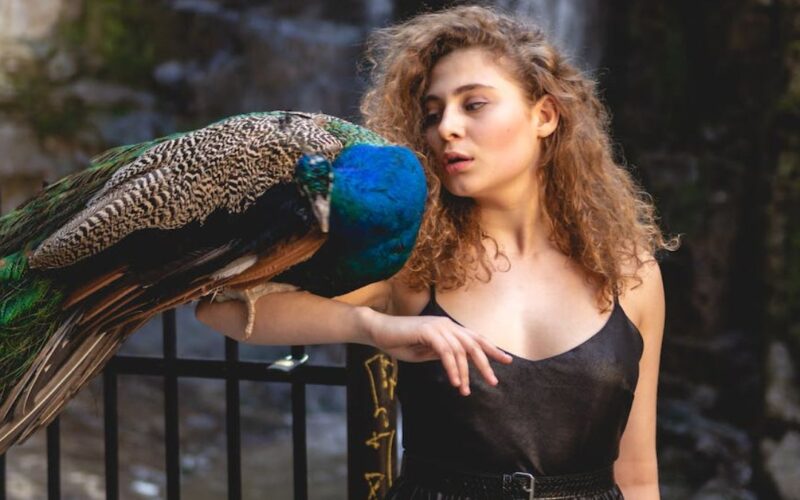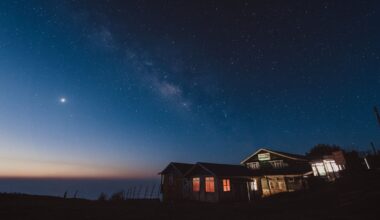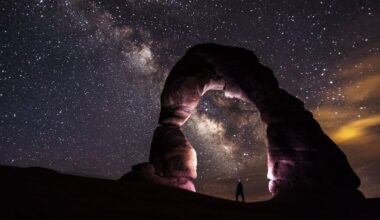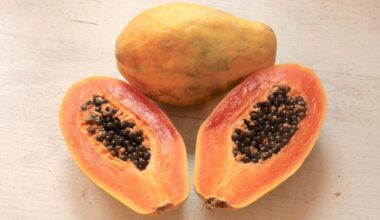The peacock, with its resplendent feathers and regal demeanor, is a creature that has captivated human imagination for centuries. Renowned for its striking appearance and vibrant displays, the peacock is more than just a bird; it is a symbol of beauty, grace, and cultural significance. In this exploration, we uncover 10 intriguing facts about the majestic peacock, shedding light on its captivating allure.
Diversity of Peafowl
While commonly referred to as peacocks, the term technically applies only to males. Females are known as peahens, and together, they are peafowl. Peafowl are not limited to the well-known Indian peafowl species; there are also Green peafowl and Congo peafowl, each with its unique characteristics and vibrant plumage.
Iridescent Plumage: A Feathery Masterpiece
The peacock’s most distinctive feature is undoubtedly its iridescent plumage. The resplendent tail feathers, or trains, are adorned with iridescent hues of blue, green, and gold. These elaborate displays play a crucial role in courtship rituals, where the peacock fans out its feathers to attract a potential mate.
Symbolism Across Cultures
Peacocks hold symbolic significance in various cultures worldwide. In Hinduism, the peacock is associated with Saraswati, the goddess of wisdom. In Greco-Roman mythology, the peacock is linked to Hera and Juno, symbolizing immortality. Across cultures, the peacock’s symbolism often encompasses beauty, renewal, and protection.
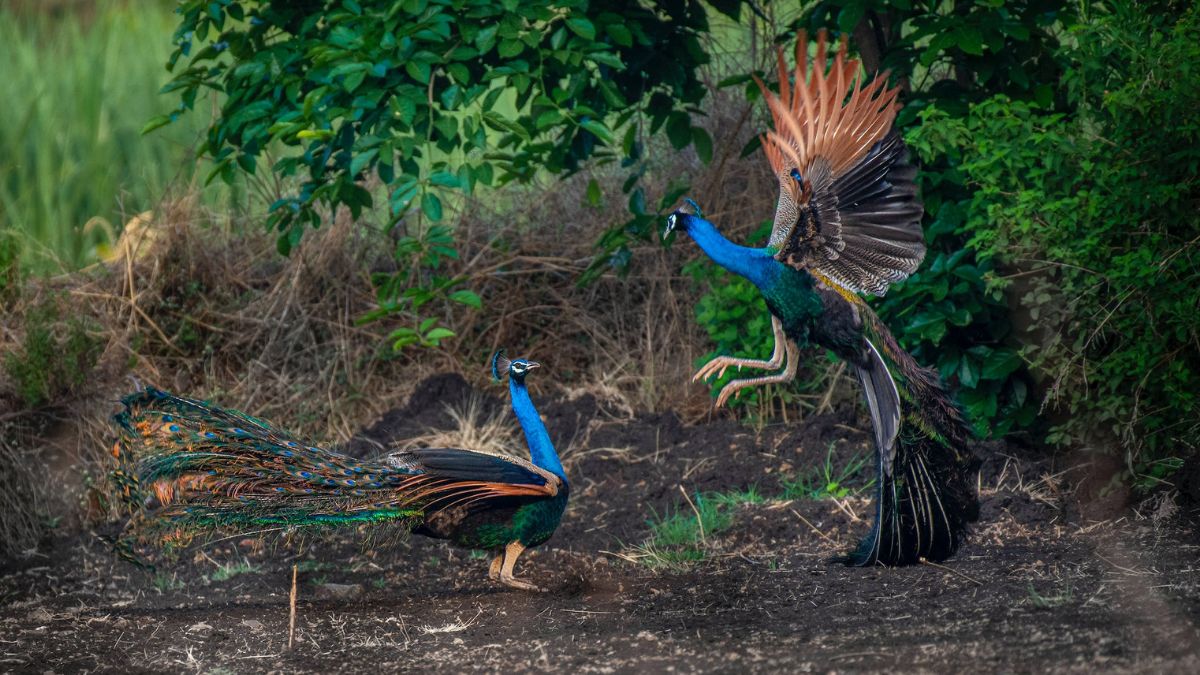
Elaborate Courtship Displays
During the mating season, male peacocks engage in elaborate courtship displays to attract peahens. The iconic fan-shaped display of their iridescent feathers is accompanied by intricate dances, vivid vocalizations, and even the shaking of their feathers to create a mesmerizing spectacle aimed at winning the favor of potential mates.
Natural Habitat and Range
Peafowl are native to South Asia, with the Indian peafowl found in countries such as India, Sri Lanka, and Bangladesh. Green peafowl inhabit Southeast Asia, while Congo peafowl are found in the dense forests of Central Africa. The adaptability of peafowl has also led to their introduction in various parts of the world.
Omnivorous Diet
Peafowl are omnivorous, consuming a varied diet that includes seeds, insects, small mammals, and even small reptiles. Their foraging behavior contributes to the control of insect populations, making them valuable in maintaining ecological balance within their habitats.
Conservation Challenges
While the Indian peafowl is relatively common and adaptable, other peafowl species face conservation challenges. Green peafowl, in particular, is classified as vulnerable due to habitat loss and hunting. Conservation efforts aim to protect and preserve these magnificent birds and their ecosystems.

Distinctive Calls and Vocalizations
Peafowls are not just known for their visual displays; they also communicate through distinct calls and vocalizations. The “miaow” sound of a peacock is a common vocalization, often heard during courtship displays or as a means of alerting others to potential threats in their surroundings.
Longevity and Lifespan
Peafowls can live for an extended period, with lifespans ranging from 10 to 20 years in the wild. Their longevity is influenced by factors such as habitat conditions, predation risks, and overall health. Peafowls raised in captivity under optimal conditions can even exceed these averages.
Cultural Representation in Art and Literature
Peacocks have been a recurring motif in art, literature, and mythology. Their vibrant plumage has inspired artists and poets, symbolizing beauty, grace, and transcendence. From ancient myths to contemporary literature, the peacock continues to be a muse for creative expressions worldwide.
The peacock, with its resplendent plumage and captivating behaviors, is a creature that transcends the boundaries of the avian world. From its symbolism in diverse cultures to its role in ecological balance, the peacock holds a unique place in the tapestry of nature. As we marvel at its vivid displays and learn more about its fascinating traits, the peacock remains a living testament to the wonders of the natural world and the enduring allure of its splendid plumage.
